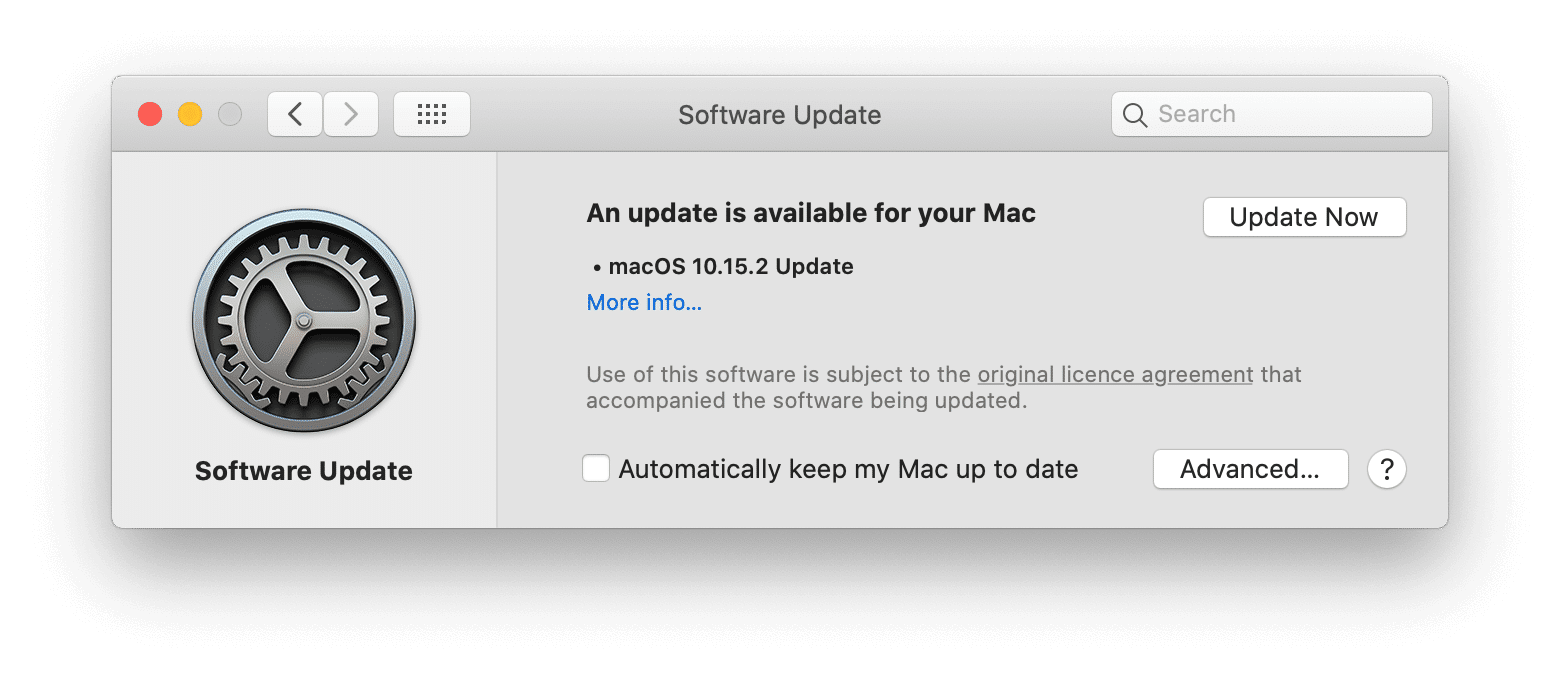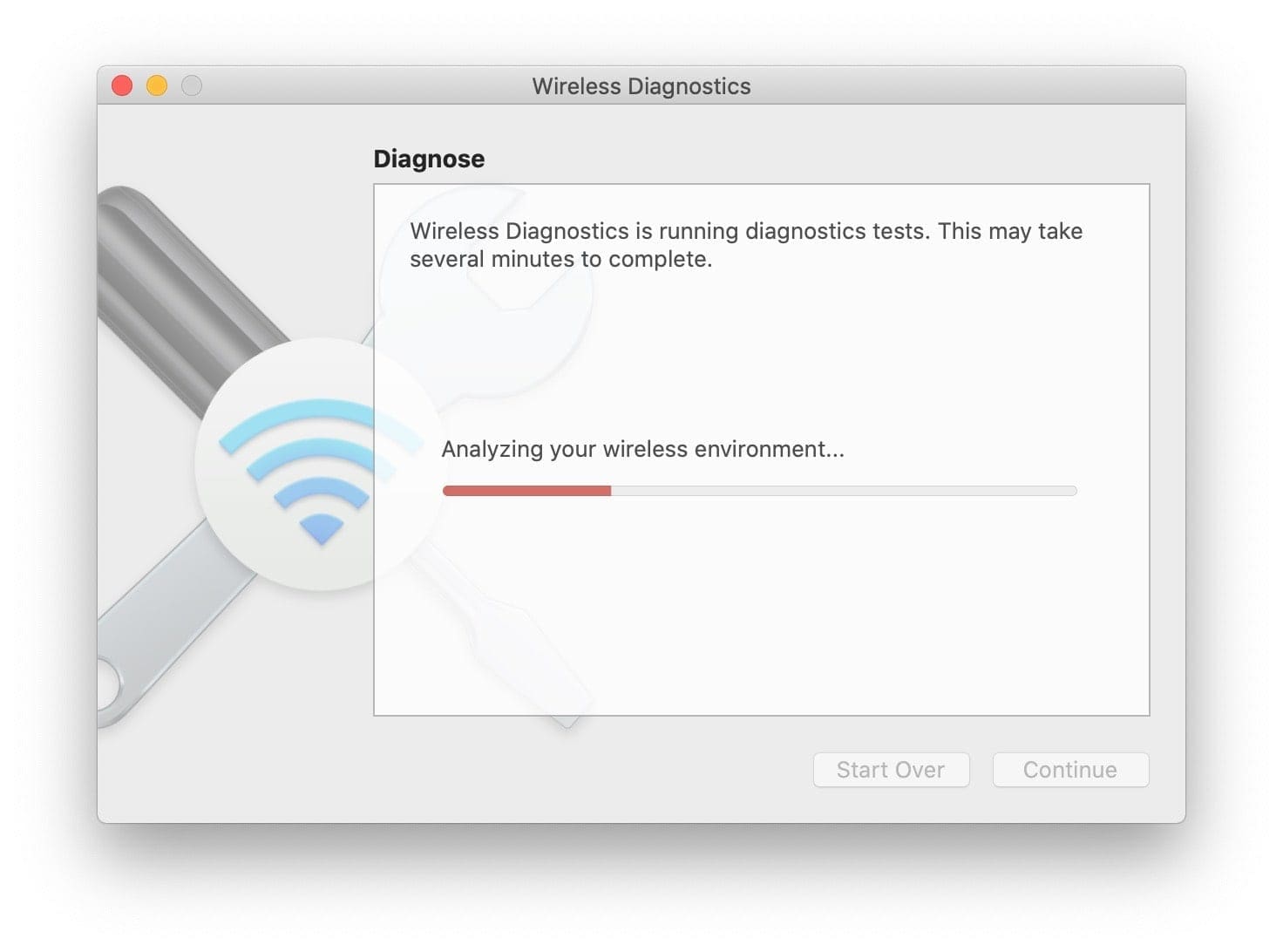
Check to see if there are shared drives or “Volumes” in the Login Items list, and if so remove them. If you’re then on another network or the share is unavailable for some reason, the Mac will pause as it waits for a response from the missing disk. If you’ve previously connected your Mac to a server or another networked Mac (say at work), that drive may have been added to the list of items to open at login. You can also safely remove any items that show an error code or as kind “Unknown.”Ī long delay at startup could be a sign of a missing shared network drive. To remove an item, select it and click the “-” sign. You can also remove any programs that may have configured themselves to run automatically which you don’t use (like Skype). For example, if you used to run Symantec AntiVirus on your iMac in 2002 and have just migrated things along ever since, there may be one or two Symantec programs still set to launch at startup. Some of these items may no longer be needed or current. Here you’ll see a list of items set to open automatically when you log in. And, perhaps, adopt some more-efficient computing practices for yourself along the way.įirst visit System Preferences –> Users & Accounts, and click the Login tab. The good news: Yes, there are some things you can do. Is there some sort of tune-up you can do to sort it out? Your tech always tells you to just reboot the computer, but there’s got to be more than that.
Mac runs slow internet software#
Remnants from old software may still be running behind the scenes, or you don’t have enough RAM to deal with your OS and workflow. Crashes or misbehaving programs can corrupt the disk directory or application cache files.
Mac runs slow internet full#
Sometimes your hard disk (or solid-state drive) gets too full and interferes with normal computer operations. You may be asking, why does this happen? There are many reasons, but some are more common than others. I see these issues in my IT consulting business regularly.

The operating system just starts to feel crufty, and can get worse over time.

Launching and switching programs takes longer, simple tasks become arduous, and the dreaded beach ball of doom appears more often than it did when your machine was new.

Macs are solid machines, but just like their owners they have a tendency to get lethargic as they age.


 0 kommentar(er)
0 kommentar(er)
